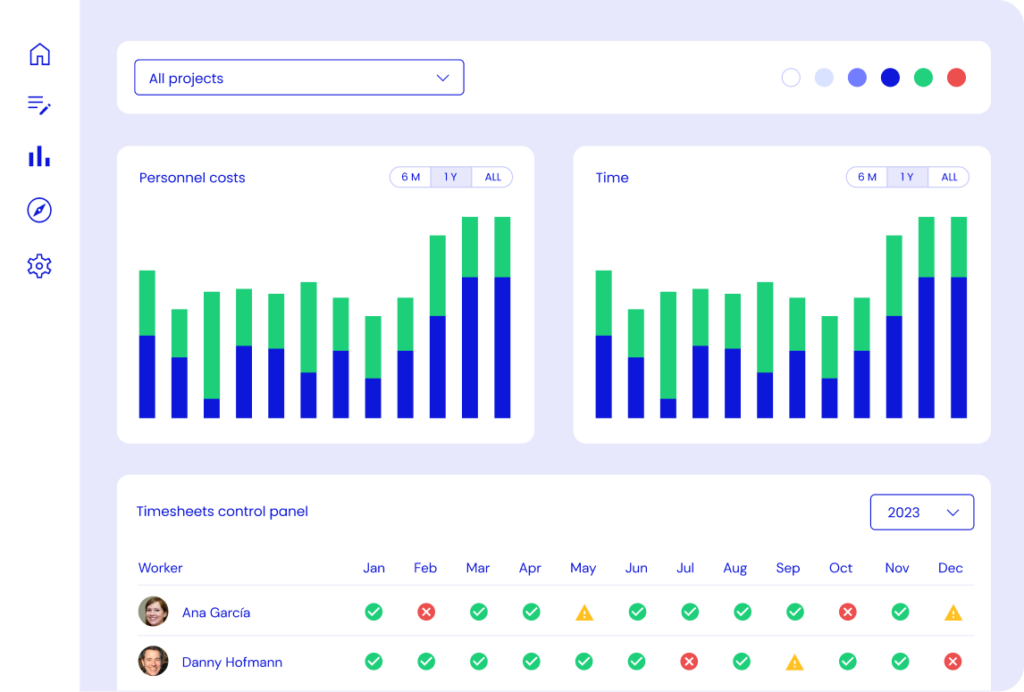A simple guide to getting subcontracting right in Horizon Europe—based on the official Grant Agreement rules.

Introduction
Subcontracting can make your EU project run faster and deliver better results—but it’s also one of the areas where most teams make mistakes and risk losing funding. The European Commission has clear rules on what you can subcontract, how you must justify it, and which documents you need to keep. If you miss a step, even the best subcontractor won’t save your budget.
Here’s what you really need to know to keep your Horizon Europe project safe and compliant.
What Is Subcontracting?
In EU projects, subcontracting means hiring an external company or individual to carry out a specific task or service that your team can’t—or shouldn’t—do themselves. This can include specialized work such as laboratory analysis, translation, technical testing, external evaluation, IT development, or any work package requiring extra expertise.
Important: Subcontractors are not project beneficiaries or partners. They are external service providers: paid for their work, but with no direct role in the project’s management or ownership of the results.
In Horizon Europe projects, subcontracting is allowed—but it comes with strict rules. You must clearly justify why the work is subcontracted, select subcontractors transparently, and maintain detailed documentation to ensure compliance with the European Commission’s requirements.
What Does the Grant Agreement (Article 6) Say?
Subcontracting can be a great way to bring in outside expertise to your EU project, but it comes with strict conditions. According to Article 6 of the Grant Agreement, only subcontracting costs that meet certain requirements are eligible for EU funding. Here’s a step-by-step guide:
Subcontracting must be justified and necessary
You can only subcontract tasks that are truly needed and that your own team or project partners cannot perform. Expamples include:
- Specialist laboratory tests
- External translations
- Equipment calibration
- IT development for a specific tool
You must be able to clearly explain why this work needed to be outsourced.
Always choose the best value for money—and show how you did it
Subcontracting is for supporting activities, not the main research, leadership, or core coordination tasks of the project. Subcontracting is for supporting activities—not the heart of your project.
Always choose the best value for money—and show how you did it
The EU requires that subcontractors are selected fairly and transparently:
- Request quotes or offers from multiple providers.
- Compare prices and services.
- Keep records of your decision-making process.
- If only one provider exists, provide a written justification.
No conflict of interest
You cannot subcontract work to a company you control, a family member, or anyone with a financial interest in your organisation. Subcontractors must be fully independent.
Everything must be properly documented
You must keep:
- The contract with the subcontractor, signed by both parties
- The invoice(s)
- Proof of payment (e.g., bank transfer)
- Evidence that the work was delivered (final reports, deliverables, emails, etc.)
- The process and criteria used to select the subcontractor
Must be listed or notified
All planned subcontracting should be described in Annex 1 (Description of Action) of your Grant Agreement. If you realise you need a new subcontractor later, you must notify the Commission in advance and explain why.
Only actual costs are eligible
You can only claim costs that are actually incurred, supported by invoices and proof of payment. No flat fees or estimated amounts.
What’s Not Allowed?
The EU has clear rules about what you cannot do when subcontracting in your project. Here are some common “don’ts”:
Subcontracting between project partners or beneficiaries
You cannot “subcontract” work to another partner in your consortium. Payments between beneficiaries are not eligible—they must be covered by each partner’s own budget and reporting.
Double funding or duplicate charges
You can’t charge for the same work as both a direct cost (like personnel) and as a subcontracting cost. Each cost can only be claimed once.
Informal agreements or “handshakes”
A verbal agreement or an informal “email confirmation” is not enough. Every subcontract must be formalised with a signed contract that clearly states the scope of work, timeline, and payment terms.
Subcontracting without proper competition
Unless you have a justified reason (like only one provider available), you need to show you compared options and chose the subcontractor fairly. Picking a friend’s company or always using the same supplier—without comparison—can be flagged in an audit.
Subcontracting main project activities
You cannot use subcontracting to “hand over” your project responsibilities. The key tasks must remain with the project team.
Lack of documentation
Missing contracts, unsigned invoices, or no evidence that the service was delivered means those costs can (and often will) be rejected during an audit—even if the work was done!
In summary: If you want your subcontracting costs to be accepted by the EU, make sure every step is justified, fair, and fully documented.
When in doubt, check your Grant Agreement—and if you’re not sure, always ask or document your reasoning.
Final Thought
Subcontracting can bring valuable skills and solutions to your Horizon Europe project—but only if you follow the rules from the very beginning.
Most funding issues don’t arise because teams tried to cheat, but because a small detail was missed or a document wasn’t properly kept. That’s why every step—competition, contract, and payment—needs careful attention.
If you plan your subcontracting carefully, keep every document, and communicate openly with your partners and the Commission, you’ll avoid headaches later. Remember: the EU doesn’t expect perfection, but it does expect transparency and good record-keeping.
Tools like Kronis make this process even easier. Kronis helps you organise all subcontracting contracts and guides you through each step, so you never miss a critical requirement—even if you’re not an expert.
With the right habits and digital tools, subcontracting becomes an asset, not a risk, keeping both your project and your funding safe.

Indirect Costs in Horizon Europe: Flat Rates, Real Costs, and How to Stay Compliant

Equipment & Direct Costs in Horizon Europe: How to complete the financial statement


